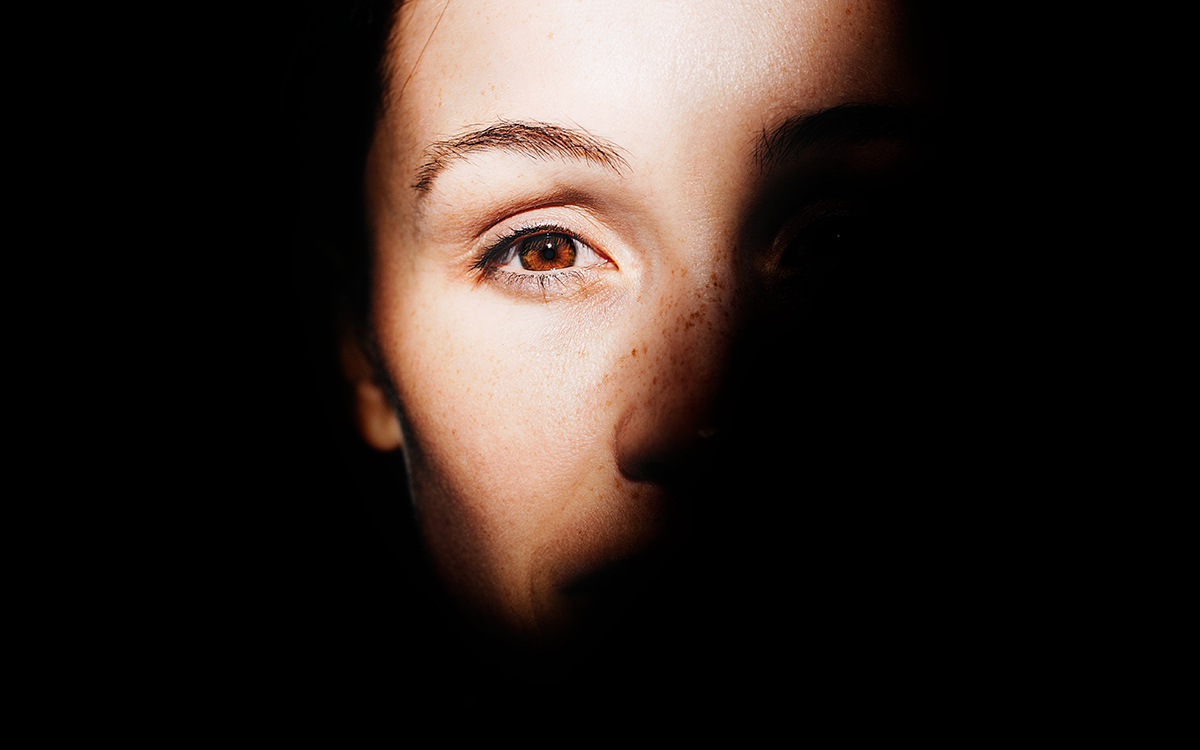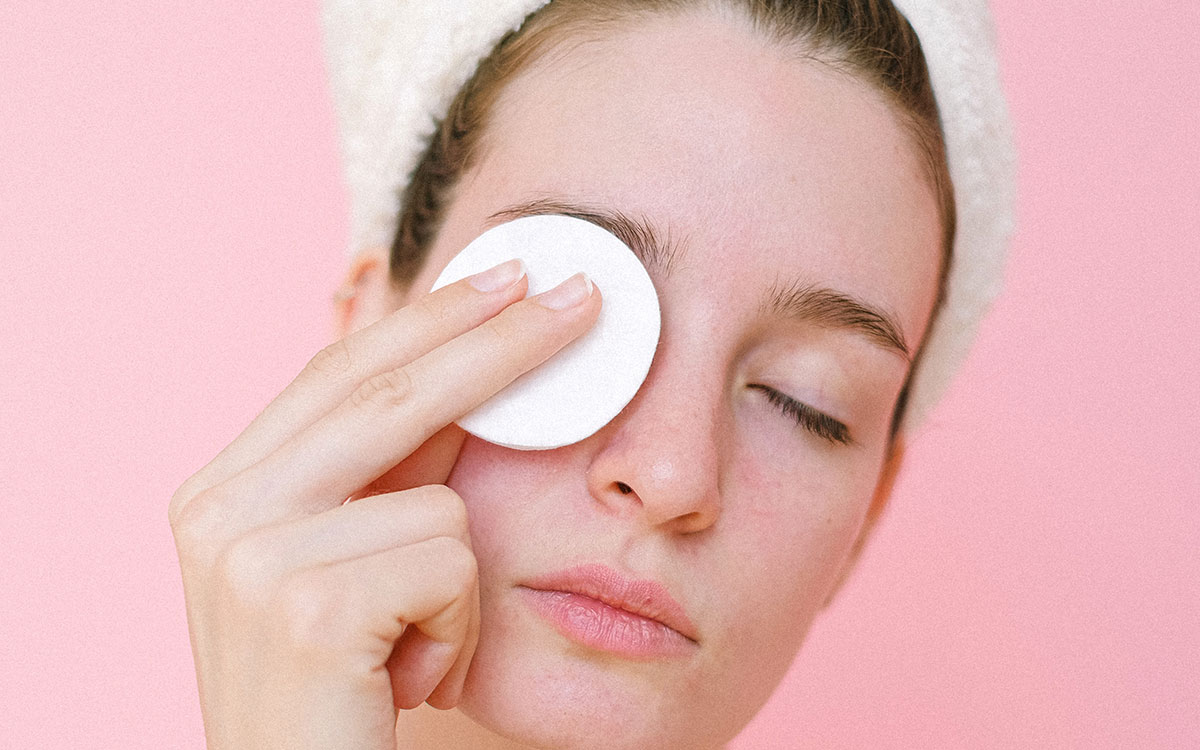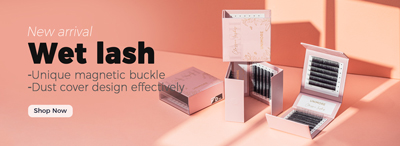The appearance of your eyes, which are one of the characteristics that are most distinctive about you, can be improved in a number of different ways by using various cosmetics, eyelash extensions for example. However, it is essential that you have a solid understanding of how the use of these products could affect the comfort of your eyes and the likelihood of acquiring illnesses such as blepharitis.
Things have the potential to go wrong if the eyelash extensions are not performed by an expert in hygienic settings. It's not only the results being spotty, clumpy, or untidy that we are referring to here. Eyelash extensions that are applied carelessly can make the eyes look worse. They have been linked to cases of eye infections, discomfort, and allergic reactions. What about the eyelids on your eyes? Are there any links between eyelash extensions and blepharitis?
Blepharitis is not caused by eyelash extensions if they are applied correctly and maintained regularly. However, procedures that include glue that emits a significant amount of fumes have been linked to the development of allergic blepharitis. Inadequate eye care following the use of lash extensions can lead to an overpopulation of lash mites, which in turn can cause blepharitis.
Eyelids that are puffy, itching, and red are terrible and can cause discomfort. However, if you want to prevent blepharitis on your eyelids, you do not have to avoid getting lash extensions. We know how to maintain your lids healthy while you rock extensions, and we are about to share this crucial information with you, so keep scrolling if you want to find out more.
- 1 What is blepharitis
- 2 Several important facts regarding blepharitis
- 3 Causes of blepharitis?
- 4 Are there any risks of blepharitis when using lash extensions?
- 5 How to treat blepharitis if you have eyelash extensions (must know for every lash artist)
- 6 Eyelash and eyelid cleaning
- 7 performing a massage on the eyes
- 8 Conclusion
What is blepharitis
Blepharitis is an inflammation of the eyelid that impacts the eyelashes and can have an effect on the number of tears that are produced by the eye. It happens when the tiny oil glands on the inside of the eyelid become inflamed, and it frequently happens in conjunction with other skin problems or allergies. It can also happen when people use false eyelashes.
Although eyelash extensions are not the only thing that can cause blepharitis, it is extremely frequent for people to get blepharitis as a result of getting eyelash extensions. Each year, blepharitis affects the eyes of more than 200,000 people in the united states alone. It can either be acute or chronic, with chronic adult blepharitis being the most frequent variety. Blepharitis can also affect children. Blepharitis is a common term that refers to persistent inflammation of the eyelid.
Blepharitis is a highly dangerous condition to acquire. It's a chronic sickness that can go on for years or perhaps stay with you for the rest of your life. The illness can be managed with treatment, but there is currently no known cure for it. Cleaning the eyelids, using eyedrops that are either an antibiotic or steroid, and treating the underlying disorders are all part of the treatment for conjunctivitis. Nevertheless, blepharitis frequently returns despite the effectiveness of treatment.
A diagnosis of the illness is necessary, and it is possible that laboratory testing or imaging will be required. Eyelids that are red and itchy are one of the symptoms, as is skin that may get crusty or appear oily. Another symptom is dryness of the eye. Blepharitis is a condition that can also cause clumping or stickiness around the eyes. Blepharitis is a condition that causes dry eye as well as an imbalance in the production of tears. Overall, this disease is detrimental to the health of the ocular surface.
Eyelash extensions are one of the most common causes of blepharitis, and they are also one of the causes that may be avoided with the least amount of effort. Many people who have naturally sparse or thin eyelashes opt to utilize eyelash extensions or artificial eyelashes in order to make their eyes appear larger and more full.
However, this widely followed trend in fashion is associated with a variety of health hazards, the most significant of which is an increased chance of developing blepharitis. Unfortunately, a significant number of people develop blepharitis after getting eyelash extensions. This is an explanation of the problem, what causes it, and what precautions you should take if you enjoy applying artificial eyelashes or if the practice is part of your regular cosmetic regimen.
Several important facts regarding blepharitis
It is necessary to have a fundamental understanding of the ailment known as blepharitis before digging further into the factors that cause it and the therapies that are available for it. Blepharitis, an inflammatory disorder that affects the area at the base of the eyelashes, is not caused solely by a lack of attention to personal hygiene, which is an important point to note. If you do not take proper care of your eyes, you do not need to be concerned about catching the disease that causes the problem. On the other hand, the fundamental causes are not completely known and are currently the focus of additional research.
If the person you are applying lashes to develops redness and stickiness on their eyelids, encourage them to get an eye exam as soon as possible. The most distinctive feature of blepharitis is stickiness, which can also be characterized by the accumulation of scaly skin around the base of the eyelashes. Your customer should make an appointment with their eye doctor as soon as possible if they notice any of these symptoms appearing or have any reason to suspect that they are taking place. The treatments that are currently available for blepharitis are only able to alleviate the symptoms of the condition; they are unable to cure the ailment itself, which means that your lash customer may have it for the rest of their lives.

Causes of blepharitis?
There are a variety of potential triggers for blepharitis, including eyelash extensions, which have been linked to the condition. Keep in mind that the causes are not completely known and that further research is being done on them at the moment. Causes include:
Rosacea or a case of seborrheic dermatitis
Rosacea is a skin disorder that is similar to blepharitis in that it is a persistent inflammatory illness. On the other hand, rather than the eyes, it more frequently affects the face. It is easy to confuse this condition with allergies, acne, or eczema, and if it is not treated, it will only get worse with time. It is believed that this ailment can extend to the eyes; therefore, if a client of yours suffers from rosacea, you should make sure that they also visit their eye specialist and take care of the overall health of their eyes.
Seborrheic dermatitis is a common skin ailment that manifests itself as itchy, flaky patches on the scalp. It makes the skin red and creates dandruff as well as scaly spots. This problem can go to other parts of your body, including your eyes, and the most common cause of blepharitis is dandruff. If you have this problem, just like with rosacea, you need to make sure that you visit your eye doctor regularly and keep them informed about any changes in your health concerns.
An inflammatory response to germs is the cause.
Demodex eyelash mites, sometimes known as parasites
Herpes simplex virus infection is the cause of this condition (hsv)
Dandruff
Caution is advised if you have dandruff in your hair. Blepharitis is more likely to occur in those who have dandruff than in those who do not. Keeping dandruff under control might help lower the likelihood that you will get the condition. You can lessen the likelihood that dandruff will cause irritation and inflammation in your eyelashes and eyelids if you take precautions to prevent dandruff from falling into or spreading to your eyelashes.
Dysfunction of the glands that produce meibomian oil
The glands that are located along the margin of the eyelids are known as the meibomian glands. They secrete an oily material, which keeps the film of tears that forms on the eye from drying out and evaporating. Dysfunction of these glands is one of the most common causes of dry eye, and it is also possible that it contributes to the development of blepharitis. On the other hand, there are medical professionals who are of the opinion that it should be the other way around, and that blepharitis should be regarded as a prelude to meibomian gland dysfunction.

Are there any risks of blepharitis when using lash extensions?
If you are not careful, extensions have the potential to cause blepharitis.
How? It's a tricky situation.
Blepharitis is related to having an excessive amount of germs on your eyelids, having an excessive number of lash mites hanging around the base of your lashes, and having oil glands that are either irritated or clogged. Blepharitis can also be the result of an allergic reaction to the adhesive that is used in the process of getting lash extensions.
Here is a more in-depth look at the connection between lash extensions and the aforementioned factors, as well as some helpful safety advice for your clients' eyelids.
The most common reason is an excess of bacteria on the eyelids.
During the process of applying for extensions, bacteria can be spread to the lids by a technician's unclean hands or tools. These unpleasant organisms have the potential to produce an infection, which in turn could lead to blepharitis.
The second reason is an abundance of lash mites
You also need to make sure that everything is kept clean! When it comes to eye care, cutting corners can lead to an infestation of lash mites, which can then lead to blepharitis.
Oil glands that are irritated or blocked are the third cause.
If the extension fibers are not applied properly, you run the risk of getting lash glue on your skin. The buildup of glue globs in the wrong places might obstruct your oil glands, which can lead to blepharitis.
A hypersensitivity reaction is the fourth
Blepharitis can be brought on by an allergic reaction, and lash glues that put off a lot of fumes are a common cause.
How to treat blepharitis if you have eyelash extensions (must know for every lash artist)
Your customer should begin by removing their eyelash extensions as soon as they possibly can. This should be the initial step. Make sure that they first contact you so that you may remove them in a professional manner. They should not attempt to remove them on their own at home because it could be dangerous.
After that, they should use a cleanser that does not include any smell and is hypoallergenic to clean their eyelids and lashes. They should give their lashes a light massage with their fingertips for about a minute and a half to break up any dirt.
They should also make an appointment with their optometrist or ophthalmologist to receive a definitive diagnosis and treatment plan from either of those professionals. They may recommend medication, such as an antibiotic ointment or drops, in order to assist in the process of eliminating the infection.
Your client needs to be aware of what led to the infection in the first place before they can proceed with having lash extensions once the infection has been cleared up.
If your client develops blepharitis, there are numerous things they may do to help themselves, and they should maintain these therapies even as their symptoms improve, as the condition can be chronic and last a lifetime.

Eyelash and eyelid cleaning
To thoroughly clean your eyelids, give them a little spritz with a solution of hypochlorous acid while they are closed. You only need to spritz it on and massage it in to utilize this hydrated spray, so its application couldn't be simpler. It is also possible to apply the product using a cotton ball or round, although this step is not required. In addition to this, there is no need to rinse off the solution!
The eyelids should be washed twice daily as part of a self-care routine, especially if you wear contact lenses. It is a significant time commitment, but doing so can help avoid blepharitis and may help ease symptoms if the problem already exists.
performing a massage on the eyes
Your eyes are able to generate tears and retain the film that is so necessary for their protection when you massage your eyelids, which may help the glands leak out their oily contents and express themselves more fully. You can massage the margin of the eyelid where the glands and eyelashes are located using either your finger or a cotton swab with a cotton tip. Make use of circling motions that are very modest.
Conclusion
Your customer is the one who should make the decision on whether or not to acquire eyelash extensions. There are dangers involved, to be sure, but the question is whether or not those dangers outweigh the advantages of having long, attractive eyelashes. Regardless of the choice they make, they should make eye care a top priority as part of their overall self-care routine. There is only one set of eyes that we are born with, and we use them constantly throughout the day to complete every single activity (yes, even sleep!). Your client can use proper eyelid hygiene as a tool to prevent and treat a wide variety of common eye diseases, which will assist them in living a life that is more joyful and satisfying.
Blepharitis is an ongoing condition that causes inflammation of the eyelid margins and can be very uncomfortable. It also has an effect on the ability of the meibomian glands to generate an adequate amount of tears for the surface of the eye. It is extremely frequent, and researchers are still looking into numerous potential causes of the condition.
However, one of the most common causes is blepharitis, which can be caused by eyelash extensions. In the event that one of your customers is concerned about developing this disease, encourage them to rotate the eye makeup products they use frequently, as well as to cleanse and massage the area around their eyelids. If your customer does end up developing blepharitis, there is a wide variety of therapy options available to them, including medical therapies. There are techniques to ease the symptoms of the condition, as well as strategies to prevent it from occurring in the first place, despite the fact that the condition is chronic and may be permanent.
Fabulous extensions lose their luster when worn by someone with puffy lids and crusty lashes. Therefore, you should always urge your client to get their eyelash extensions done by a professional and certified lash expert who won't settle for anything less than top-notch cleanliness in order to prevent blepharitis from developing on their eyelids. Before having the process done, let them ask you as their lash tech to evaluate how their body reacts to the products to see whether they will cause an allergic response if they are concerned about having one. And make sure you wipe their lashes at least once per day to prevent those naughty mites from taking over!







